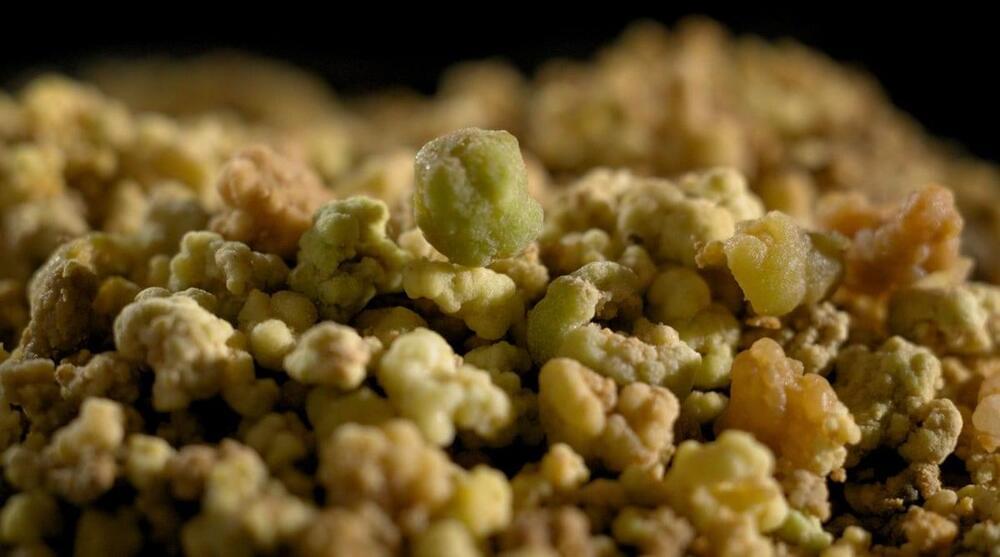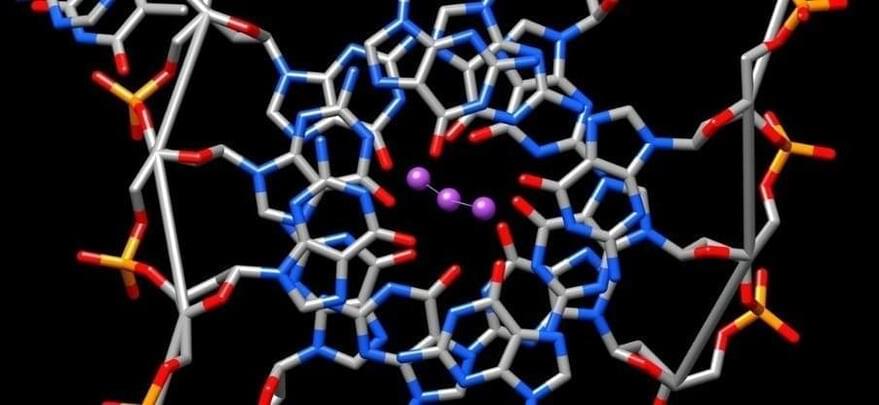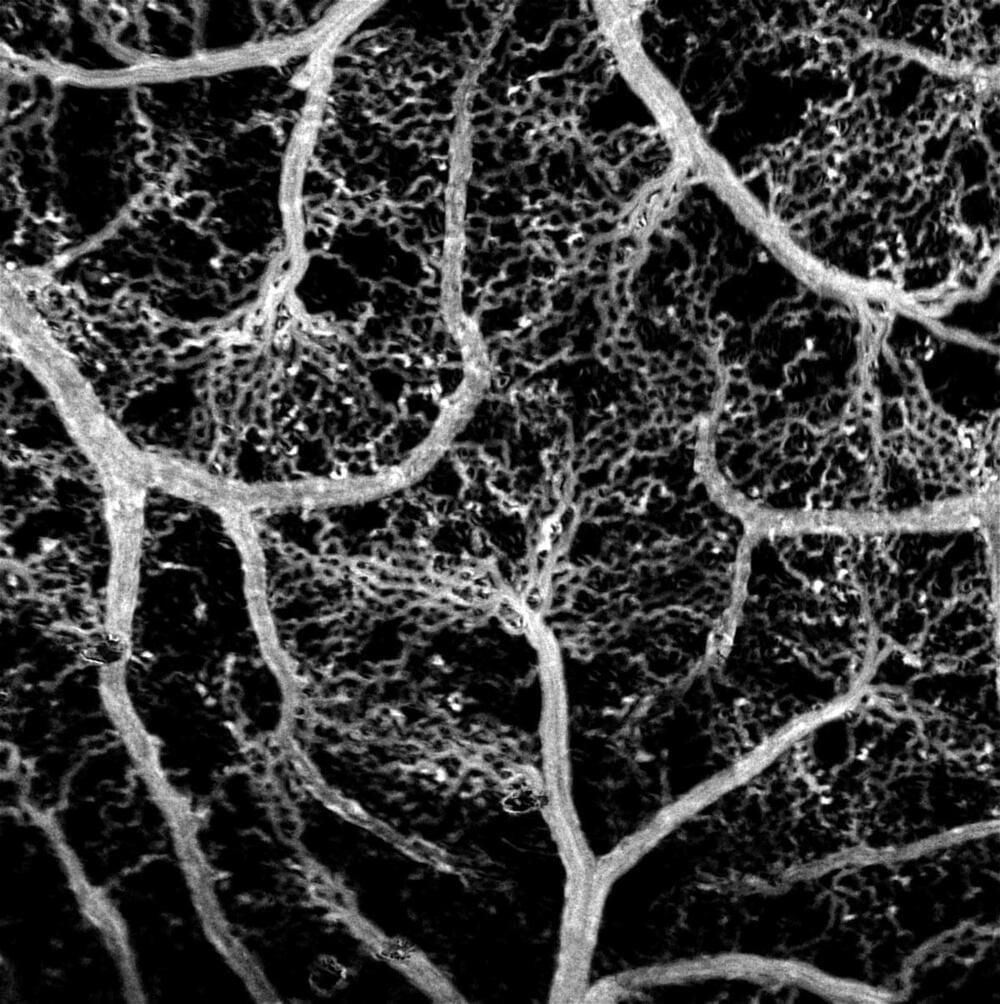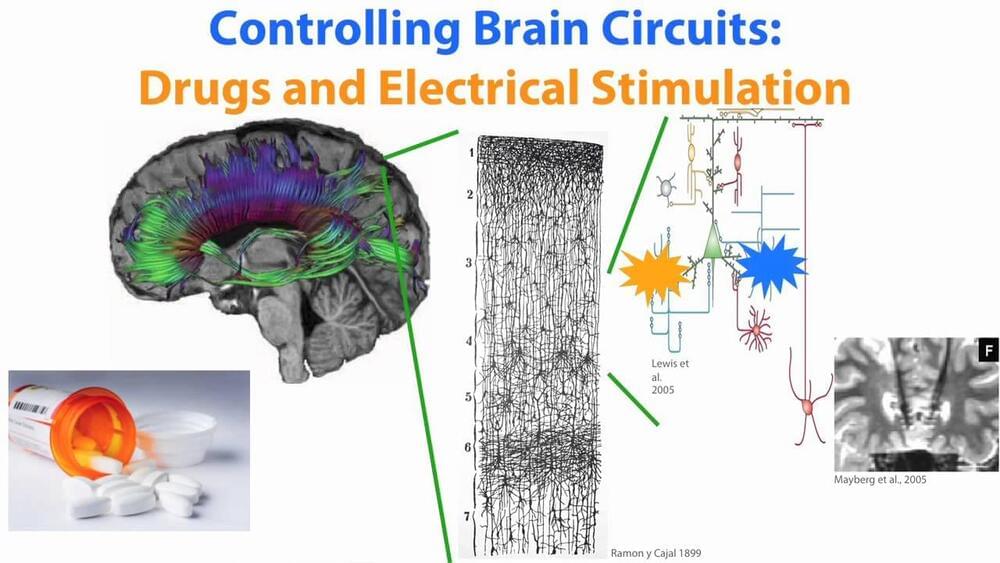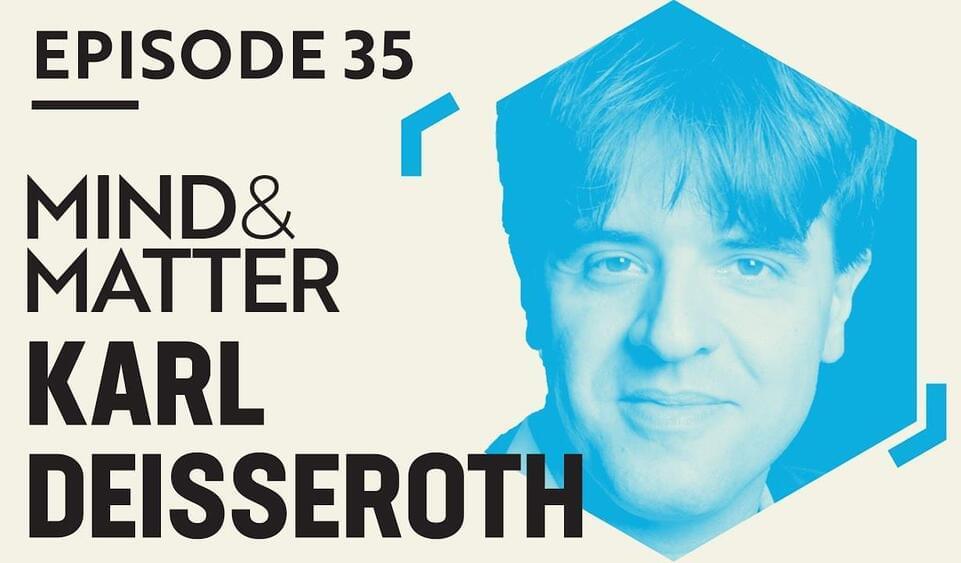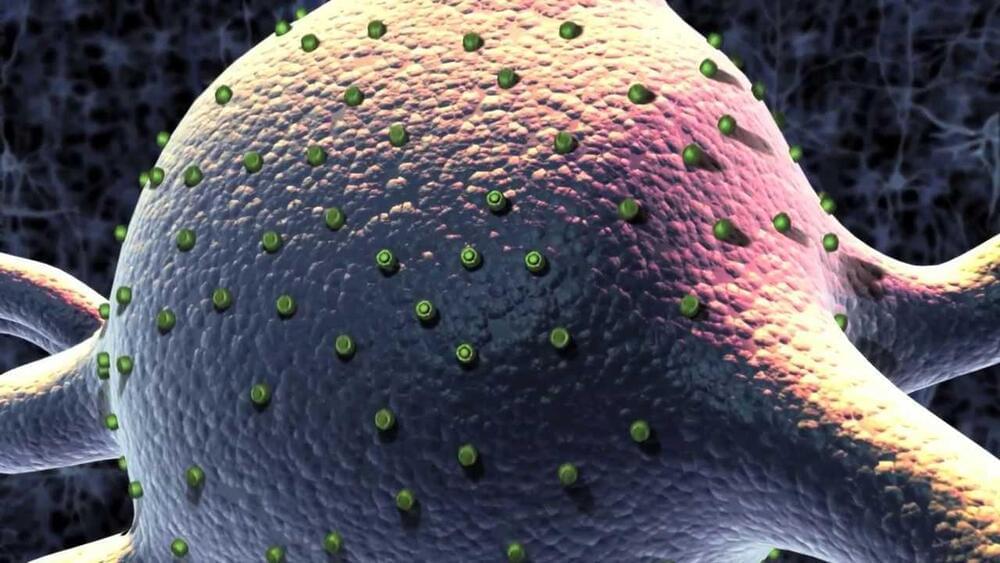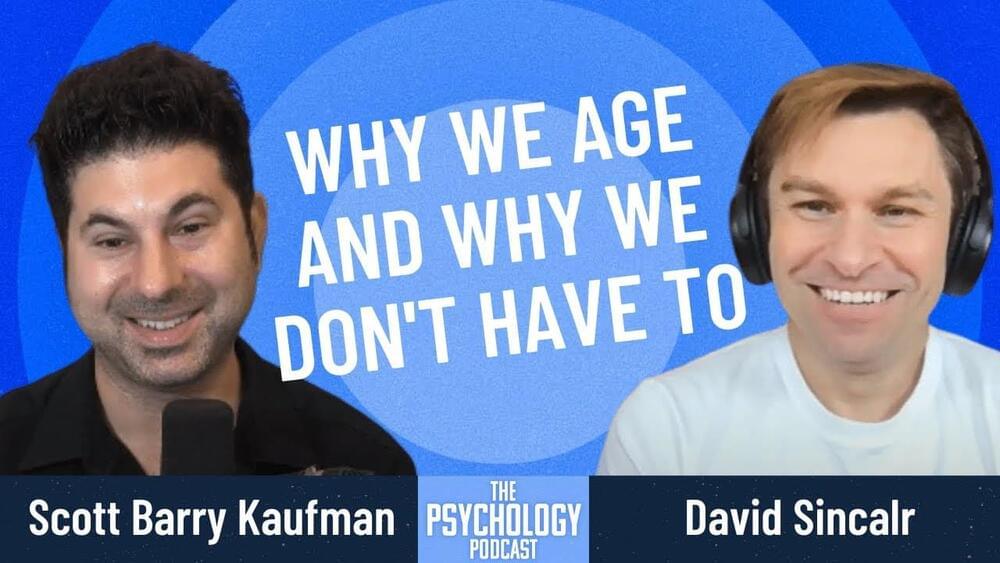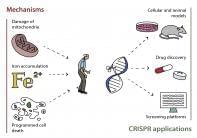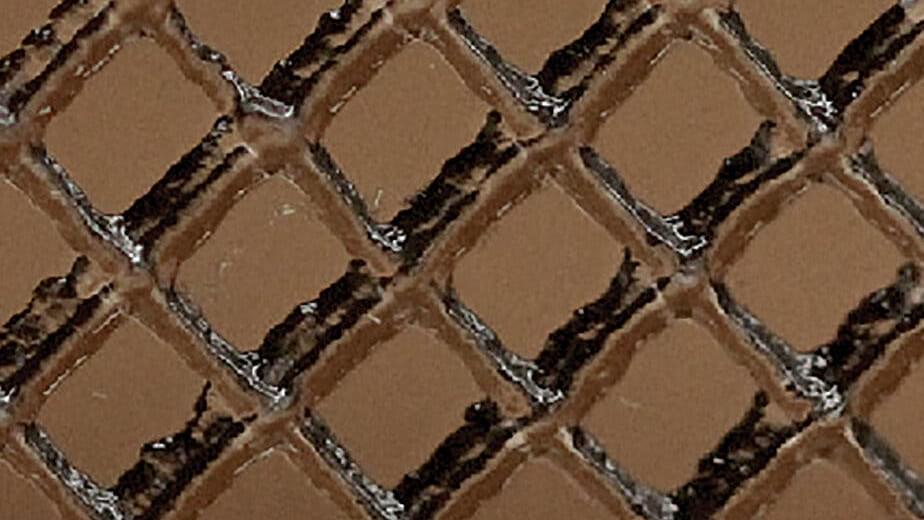Dec 9, 2021
Producing Cannabis Biomass Without Growing A Cannabis Plant: How One Company Is Doing It
Posted by Omuterema Akhahenda in categories: biotech/medical, food, genetics
A new technology is allowing one company to produce full-spectrum cannabis without growing the plant itself.
Sounds like something out of a science fiction movie, but it’s very real. In what could be a global first, this week, a publicly traded Canadian-Israeli biotech firm company, BioHarvest Sciences, will announce that it has managed to produce at least 10kg of full-spectrum cannabis without the plant itself.
According to information procured exclusively, the biomass in question was created using the company’s proprietary BioFarming technology platform, which allows it to grow natural plant cells in bioreactors. In addition, management assures, the product is not genetically modified, and is “uniquely consistent and clean.” This could provide an interesting solution to two of the cannabis industry’s main pain points: product variability and contamination — the aseptic, controlled environment means the product isn’t affected by fungi, yeast, mold or any other contaminants or pesticides.
